Home>diy>Building & Construction>What Is A Construction Lien Waiver


Building & Construction
What Is A Construction Lien Waiver
Modified: December 7, 2023
Learn the purpose and importance of a construction lien waiver in building construction. Discover how it protects contractors and property owners.
(Many of the links in this article redirect to a specific reviewed product. Your purchase of these products through affiliate links helps to generate commission for Storables.com, at no extra cost. Learn more)
Introduction
Construction projects are complex endeavors that involve multiple parties, extensive planning, and significant financial investments. One crucial aspect of the construction process is the management of potential liens, which can pose a serious risk to both contractors and property owners. To mitigate these risks, construction lien waivers play a vital role.
In this article, we will explore the concept of construction lien waivers, their purpose, and their importance in the construction industry. We will delve into the various types of lien waivers, the conditions and limitations they impose, and the process of obtaining them. Additionally, we will discuss some of the potential risks and considerations associated with construction lien waivers.
By understanding construction lien waivers and how they function, contractors, sub-contractors, and property owners can navigate the complex landscape of construction projects with greater confidence and clarity.
Key Takeaways:
- Construction lien waivers are essential legal documents in the construction industry, protecting property owners and contractors by waiving the right to file a lien against a property in exchange for payment.
- Understanding the types, conditions, and limitations of construction lien waivers is crucial for navigating the complexities of construction projects, ensuring compliance with state laws, and minimizing financial risks.
Read more: What Is A Lien In Construction
Definition of Construction Lien Waiver
A construction lien waiver is a legal document that is commonly used in the construction industry to waive or release the right to file a lien against a property. It is an agreement between a party that is entitled to a lien and the party that would potentially be subject to that lien, typically the property owner or the general contractor.
Essentially, a construction lien waiver is a written statement that acknowledges the receipt of payment or other forms of consideration in exchange for giving up the right to file a lien against the property. By signing the waiver, the party waiving the lien relinquishes their right to seek legal action to enforce a lien on the property.
Lien waivers are often exchanged between contractors, sub-contractors, suppliers, and property owners at different stages of a construction project, such as upon progress payments or when the project is completed. They serve as a safeguard for property owners and general contractors, ensuring that all parties involved in the project have been paid appropriately and that there are no outstanding claims or liens against the property.
Construction lien waivers are governed by state laws, and the specific requirements and forms may vary from one jurisdiction to another. It is essential to ensure that the waiver is compliant with the applicable laws and regulations to ensure its validity and enforceability.
It is important to note that a construction lien waiver does not relieve the party from fulfilling their contractual obligations. It only pertains to the right to file a lien. If there are other contractual disputes or issues, they must be resolved separately from the lien waiver.
Overall, a construction lien waiver is a legal tool used to protect the interests of property owners and general contractors by releasing the potential right to file a lien against a property. It provides a level of assurance that all parties involved in the project have been compensated appropriately, reducing the risk of legal disputes and delays in project completion.
Purpose and Importance of Construction Lien Waivers
Construction lien waivers serve several important purposes in the construction industry. They provide a mechanism for parties to exchange payment for work or materials without the threat of potential liens, ensuring a smoother flow of funds and reducing financial risk for all involved.
One of the primary purposes of a construction lien waiver is to protect property owners from potential liens that could be filed by contractors, sub-contractors, or suppliers. By obtaining a lien waiver from each party involved in the project, property owners can have peace of mind that their property will not be encumbered by outstanding liens that could result in legal complications or delays in future transactions.
Lien waivers also play a crucial role in the payment process. They provide a clear record of which parties have been paid and the amount of payment received. This documentation becomes essential particularly in cases where disputes may arise regarding payment or the fulfillment of contractual obligations.
For contractors and sub-contractors, lien waivers can provide reassurance that they will be paid promptly and in full. Contractors can request lien waivers from their sub-contractors and suppliers to ensure that payment has been made at various stages of the project. This helps foster trust and transparency among all parties involved in the construction process.
Additionally, lien waivers contribute to the overall efficiency of the construction project. By promptly exchanging lien waivers, the flow of funds between parties can be expedited, allowing contractors to better manage their cash flow and ensuring the availability of funds for ongoing work and project expenses.
Furthermore, construction lien waivers can enhance the credibility and reputation of contractors and suppliers. By consistently providing and honoring lien waivers, they demonstrate their commitment to fair and transparent business practices, establishing trust with property owners and general contractors. This can lead to increased opportunities for future projects and long-term collaborations.
Overall, the purpose and importance of construction lien waivers are rooted in mitigating financial risks, streamlining the payment process, and fostering trust and transparency among all parties involved in the construction project. By utilizing lien waivers, property owners, contractors, and sub-contractors can safeguard their interests and ensure the smooth progress and successful completion of construction projects.
Types of Construction Lien Waivers
Construction lien waivers come in different forms, with each type serving a specific purpose based on the circumstances of the construction project and the payment arrangement between the parties involved. It is important to understand the different types of lien waivers to ensure compliance and accuracy in the waiver process. Here are some common types of construction lien waivers:
- Partial Lien Waiver on Progress Payment: This type of lien waiver is typically used when a progress payment is made during the course of the project. It acknowledges that the party receiving payment releases their right to file a lien for the amount specified in the waiver, covering work or materials up to that stage of the project.
- Final Lien Waiver: A final lien waiver is issued when the project is completed, and the final payment is made. By signing this waiver, the party acknowledges that they have received full payment and waive their right to file a lien for any remaining amounts.
- Lien Waiver Conditional on Payment: This type of lien waiver is used when payment is made or expected to be made in the future. It serves as a conditional waiver, meaning it becomes effective only when the payment is received and cleared. If the payment is not made or there are insufficient funds, the waiver becomes null and void.
- Lien Waiver Unconditional on Payment: In contrast to a conditional waiver, an unconditional lien waiver takes immediate effect upon signing, regardless of whether the payment has been made or is expected to be made. It releases the party’s right to file a lien, irrespective of the actual payment.
- Progress Lien Waiver: This type of lien waiver is similar to the partial lien waiver on progress payments. However, it provides more detailed information, such as the percentage of work completed or the percentage of payment received, offering a more comprehensive picture of the progress made on the project.
It is important to note that the availability and specific requirements of these lien waiver types may vary by jurisdiction. It is crucial to consult local laws and regulations to determine the appropriate form to use in each specific situation.
By familiarizing themselves with the different types of construction lien waivers, contractors, sub-contractors, and property owners can ensure that they are utilizing the correct waivers for each payment stage and protecting their interests effectively.
A construction lien waiver is a legal document that waives the right to file a lien on a property for unpaid work or materials. Always ensure the waiver is properly executed and matches the payment received.
Conditions and Limitations of Construction Lien Waivers
While construction lien waivers can provide significant benefits and protections, it is essential to understand the conditions and limitations that may accompany them. These conditions and limitations can vary depending on the specific circumstances of the project and the requirements set forth by state laws. Here are some common conditions and limitations to be aware of:
- Specificity: Construction lien waivers should clearly specify the parties involved, the project name or address, the payment amount, and the relevant time period or stage of work covered. It is vital to provide accurate and detailed information to avoid any ambiguity or disputes.
- Enforceability: Lien waivers must comply with applicable laws and regulations to be enforceable. It is crucial to ensure that the waiver is properly executed and signed by authorized individuals. Failure to meet the legal requirements or improperly created waivers may render them invalid.
- Intention: A construction lien waiver should clearly state the intention of the parties involved. It should expressly state that the party waiving their lien rights acknowledges receipt of payment or consideration and voluntarily gives up their right to file a lien. Ambiguity or lack of intention can lead to disputes or challenges to the validity of the waiver.
- Partial Waiver: It is important to note that a partial lien waiver only releases the right to file a lien for the specified amount or up to a specific stage of completion. It does not waive lien rights for future work, change orders, delays, or any other amounts or claims not covered by the waiver.
- Financial Considerations: Construction lien waivers can involve financial risks, especially for parties granting unconditional waivers before receiving payment. It is essential to assess the financial stability of the other party involved and evaluate the potential risks before agreeing to an unconditional lien waiver.
- Contractual Obligations: A construction lien waiver only pertains to the right to file a lien. It does not release the waiving party from its contractual obligations, warranties, or any other legal responsibilities outlined in the construction contract. Separate disputes or claims related to contractual obligations should be dealt with through other means.
- Subordination: Some construction projects may require subordination clauses in lien waivers, which means that the party waiving its lien rights agrees that its lien will be secondary to the claims of other specified parties, such as lenders or bondholders.
It is crucial to review and understand the specific conditions and limitations of construction lien waivers in each situation. Consulting with legal professionals and ensuring compliance with local laws and regulations can help parties minimize risks and ensure the effectiveness and enforceability of the waivers.
Read more: How To Put A Construction Lien On A Property
How to Obtain a Construction Lien Waiver
Obtaining a construction lien waiver involves a systematic process to ensure that all necessary parties sign the appropriate waivers at the correct payment stages. Here are the general steps to follow when obtaining a construction lien waiver:
- Understand the Payment Schedule: Familiarize yourself with the payment schedule outlined in the construction contract. Determine the specific stages or milestones at which lien waivers will be required. This could be at progress payment stages or upon project completion.
- Determine the Required Waiver Type: Identify the appropriate type of lien waiver needed for each payment stage. Consider the specific requirements and forms mandated by state laws and regulations. This may vary depending on the jurisdiction.
- Request Lien Waivers: Once you have determined the type of lien waiver needed, request the waivers from the relevant parties, such as contractors, sub-contractors, or suppliers. Clearly communicate the purpose of the waiver and provide any necessary documentation or supporting materials to facilitate the process.
- Review the Lien Waivers: Carefully review the received lien waivers to ensure accuracy and compliance. Verify that all required information is included, such as the project name or address, payment amount, and relevant time period or work stage. Check for any additional conditions or limitations specified in the waiver.
- Coordinate Signatures: Collect the necessary signatures on the lien waivers. Ensure that the parties signing the waivers have the authority to do so. This may involve coordinating with legal teams, project managers, or other authorized representatives.
- Maintain Proper Documentation: Keep a record of all signed lien waivers, including dates and details of the payment or stage of work covered by each waiver. Maintain these documents as part of your project file for future reference and potential legal requirements.
- Submit Payment: Once the lien waivers are signed and executed, fulfill the corresponding payment obligations to the parties involved. Ensure that the payments are accurately documented and recorded.
- Retain Waivers for Verification: Retain copies of the signed lien waivers for future reference and verification purposes. These documents can serve as evidence that the necessary waivers were obtained and the parties waived their right to file a lien.
It is important to note that the specific process of obtaining construction lien waivers may vary depending on the project and jurisdiction. Local laws, regulations, and contractual agreements may impose additional requirements or steps. Consulting legal professionals or industry experts can provide guidance and ensure compliance with relevant rules and regulations.
By following a systematic approach and maintaining accurate documentation, parties involved in the construction project can effectively obtain construction lien waivers, mitigating the risk of potential liens and promoting a smoother payment process.
Potential Risks and Considerations of Construction Lien Waivers
While construction lien waivers provide numerous benefits, it is important to be aware of the potential risks and considerations associated with them. Understanding these risks can help parties make informed decisions and mitigate potential challenges. Here are some key factors to consider:
- Payment Disputes: Construction lien waivers may be issued before payment is received, especially in the case of unconditional waivers. There is a risk of potential payment disputes or financial issues, which can leave parties exposed to financial losses if the payment is not fulfilled as expected. It is crucial to carefully assess the financial stability and reputation of the other party before granting an unconditional waiver.
- Scope of Waiver: Lien waivers generally cover specified amounts or stages of work. It is important to ensure that the waiver accurately reflects the agreed-upon payment and does not inadvertently waive lien rights for work or materials not yet accounted for. Parties should review and verify the details of the waiver to avoid misunderstandings or potential disputes about the scope of the waiver.
- Contractual Obligations: A construction lien waiver only addresses the right to file a lien. It does not release a party from fulfilling other contractual obligations, warranties, or legal responsibilities outlined in the construction contract. If there are other disputes or claims related to the project, they should be resolved separately from the lien waiver process.
- Subordination Clauses: Some construction projects may require subordination clauses in lien waivers. This means that the party granting the waiver agrees that their lien will be secondary to the claims of other specified parties, such as lenders or bondholders. Parties should carefully review and consider the implications of subordination clauses before signing a lien waiver.
- Legal Compliance: Construction lien waivers are governed by state-specific laws and regulations. It is crucial to ensure that the waiver is compliant with the applicable requirements to ensure its validity and enforceability. Failure to comply with the legal formalities can render the waiver invalid, leaving parties unprotected against potential liens. Consulting legal professionals can help ensure compliance with the relevant laws and regulations.
- Record-Keeping: Maintaining accurate records of all lien waivers is essential for future reference and verification. Parties should retain copies of the signed waivers, including details of the payment or work stage covered by each waiver. Proper documentation is crucial in case of any disputes or legal challenges that may arise in the future.
- Change Orders and Extras: Construction projects often involve change orders or additional work that may not be covered by the original lien waiver. Parties should consider the impact of change orders on lien rights and ensure that any modifications to the scope or cost of the project are reflected in the lien waiver process.
By being aware of these potential risks and considerations, parties can take appropriate measures to protect themselves while effectively utilizing construction lien waivers. Clear communication, careful review of waivers, and diligent adherence to legal requirements can help parties navigate the complexities of construction projects and minimize potential risks.
Conclusion
Construction lien waivers are crucial tools in the construction industry, serving to protect the interests of property owners, contractors, and sub-contractors. By waiving the right to file a lien against a property, these waivers ensure smoother payment flows, minimize financial risks, and promote trust and transparency among all parties involved in a construction project.
Throughout this article, we have explored the definition, purpose, and importance of construction lien waivers. We have discussed the various types of lien waivers and the specific conditions and limitations that may apply. Additionally, we have outlined the steps involved in obtaining lien waivers and highlighted potential risks and considerations that should be taken into account.
It is crucial for contractors, sub-contractors, suppliers, and property owners to familiarize themselves with the applicable laws and regulations governing construction lien waivers in their jurisdiction. Consulting legal professionals and maintaining accurate documentation can ensure compliance and protect the interests of all parties involved.
Construction projects are complex endeavors with various financial and legal implications. By properly utilizing construction lien waivers, parties can mitigate risks, streamline the payment process, and establish a foundation of trust and transparency. These waivers contribute to the overall efficiency and success of construction projects, fostering positive working relationships and reducing the potential for disputes or delays.
In conclusion, construction lien waivers are valuable tools that provide essential protection and peace of mind in the construction industry. By understanding their purpose, adhering to legal requirements, and considering potential risks, parties can navigate the complexities of construction projects with greater confidence and ensure the successful completion of their endeavors.
Frequently Asked Questions about What Is A Construction Lien Waiver
Was this page helpful?
At Storables.com, we guarantee accurate and reliable information. Our content, validated by Expert Board Contributors, is crafted following stringent Editorial Policies. We're committed to providing you with well-researched, expert-backed insights for all your informational needs.
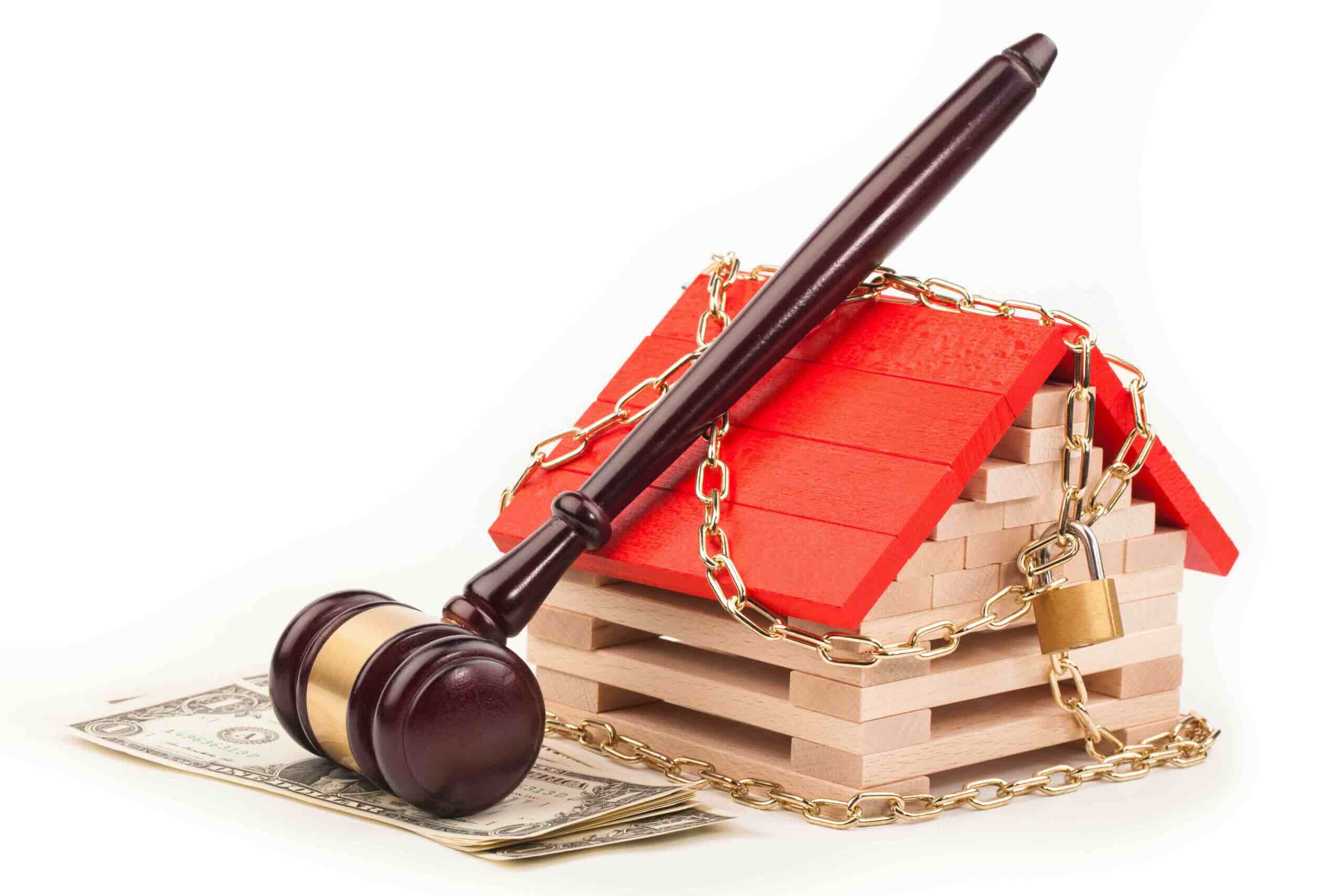


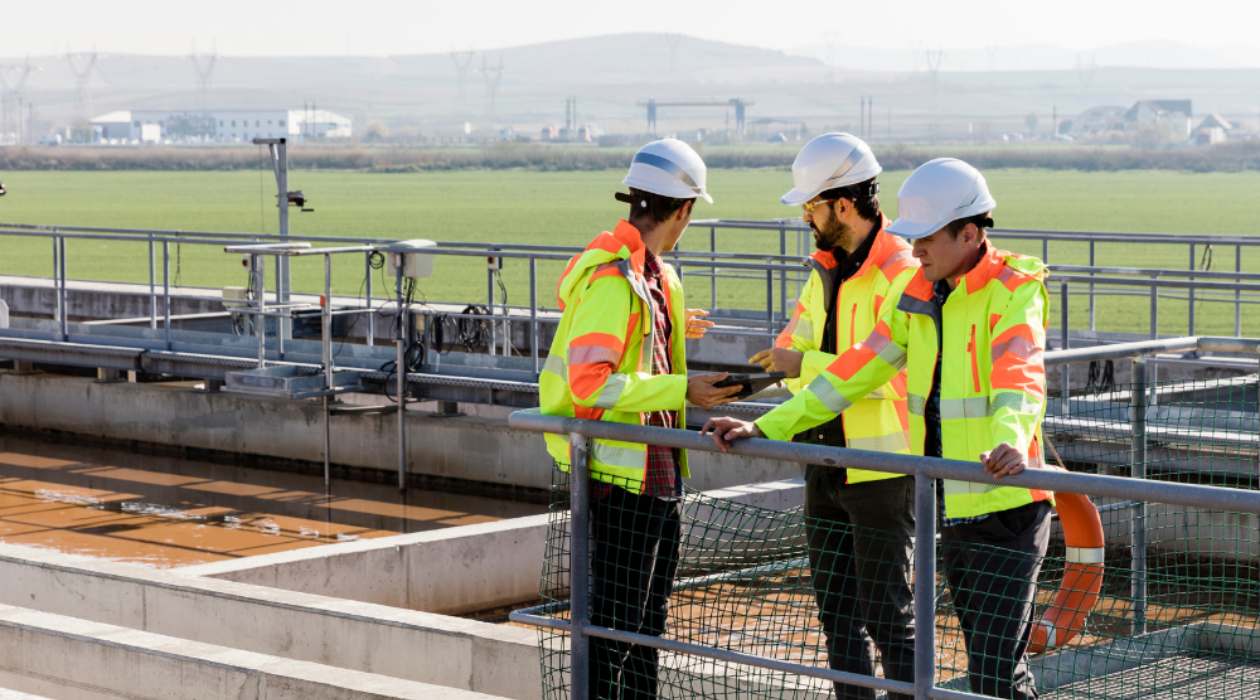

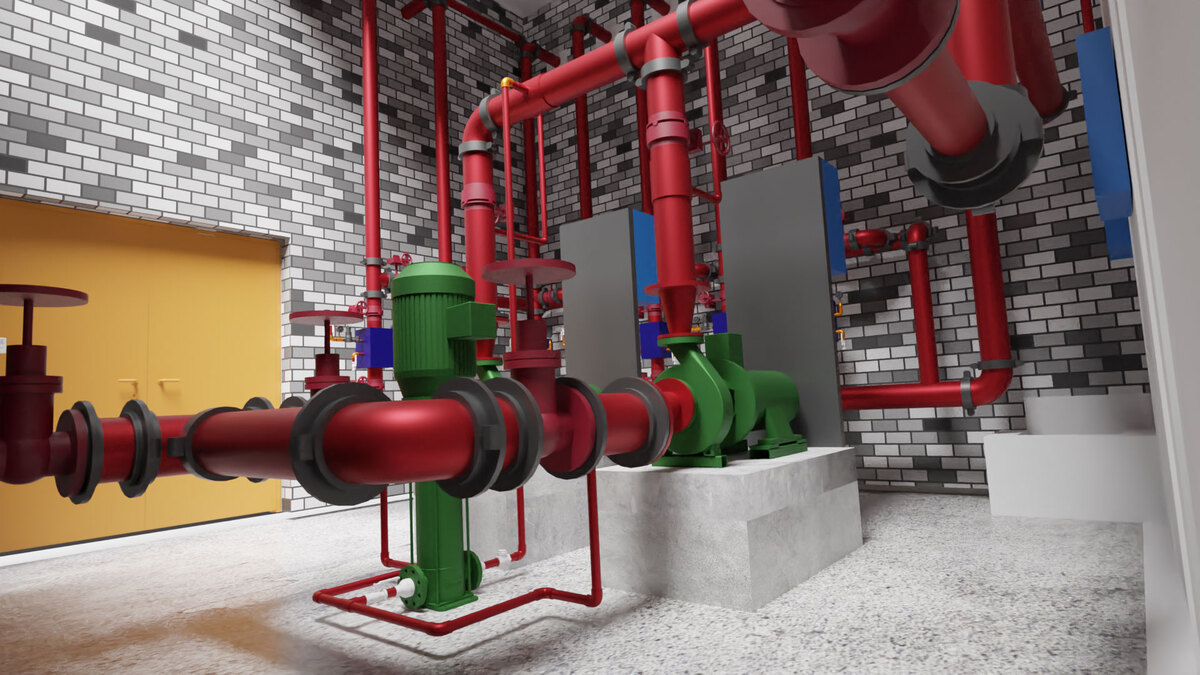
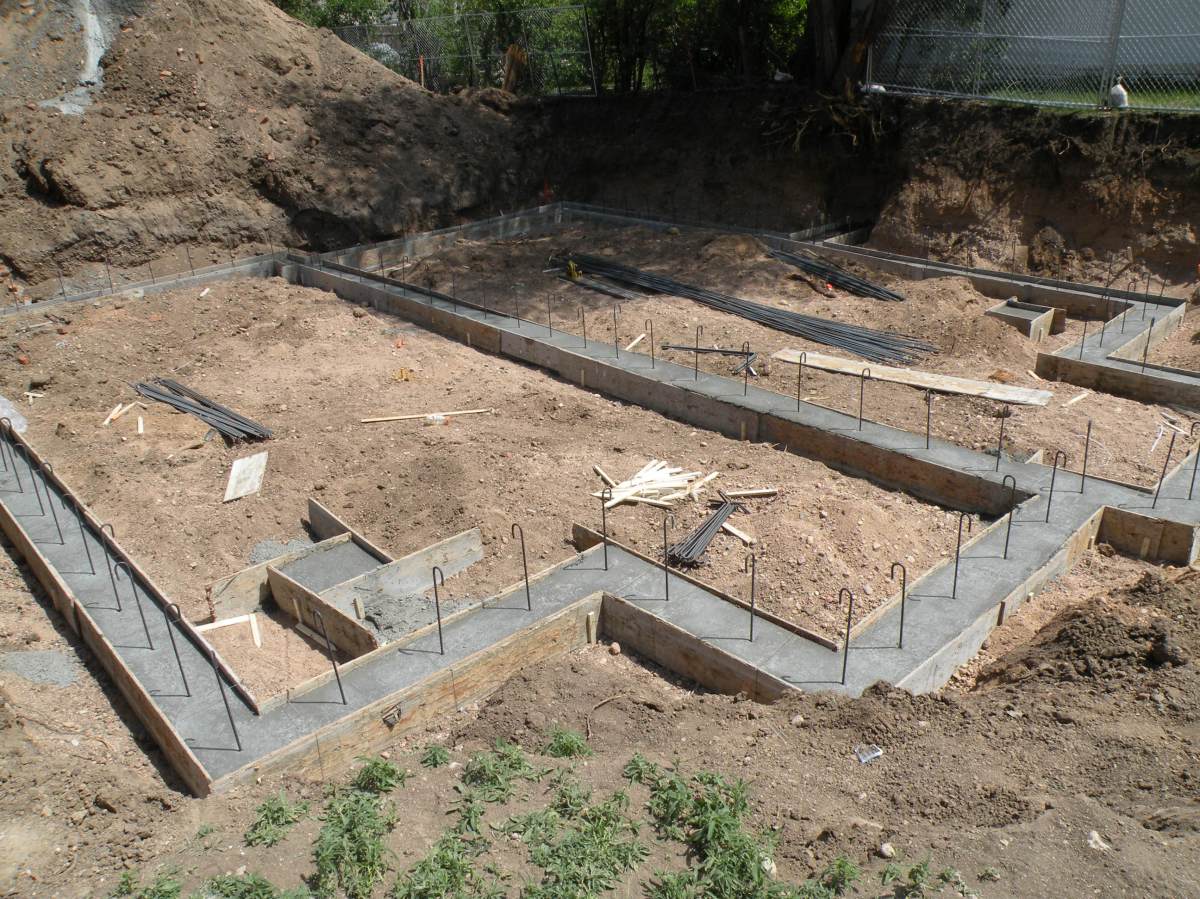
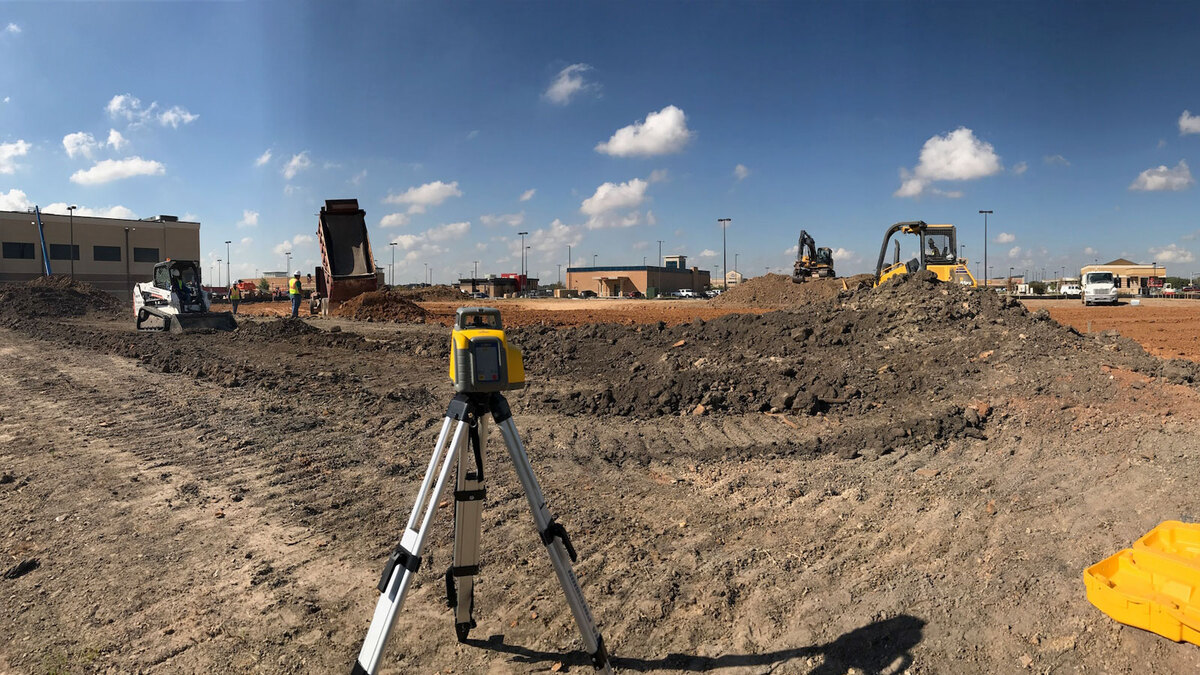
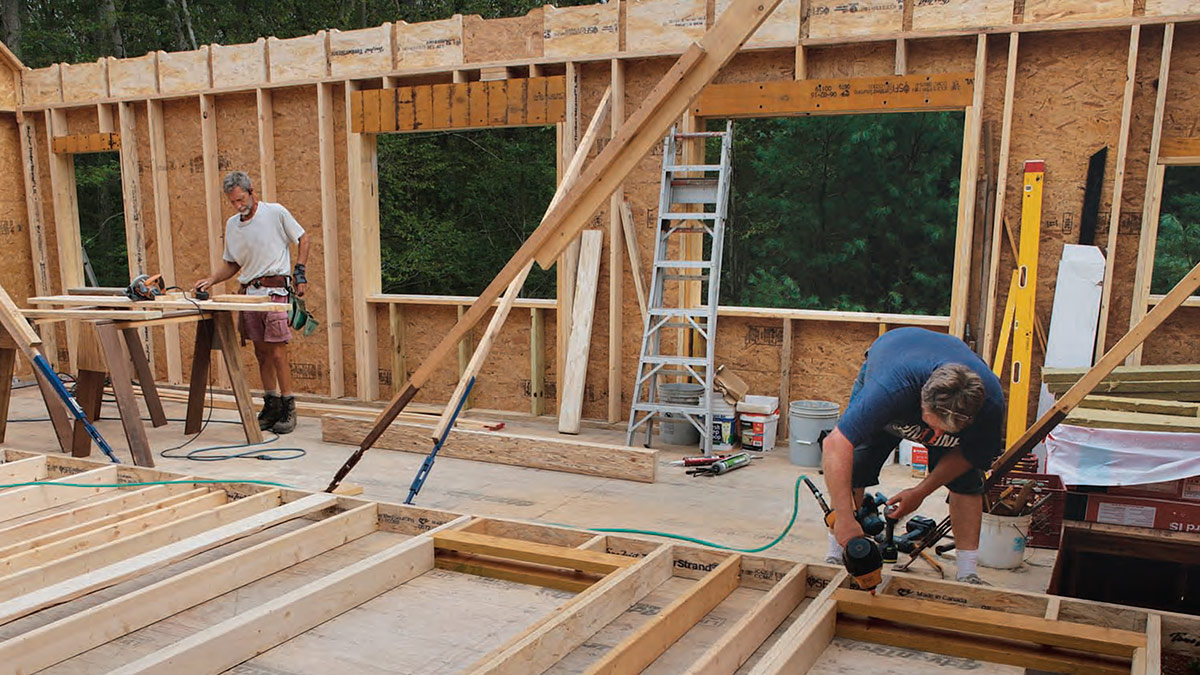
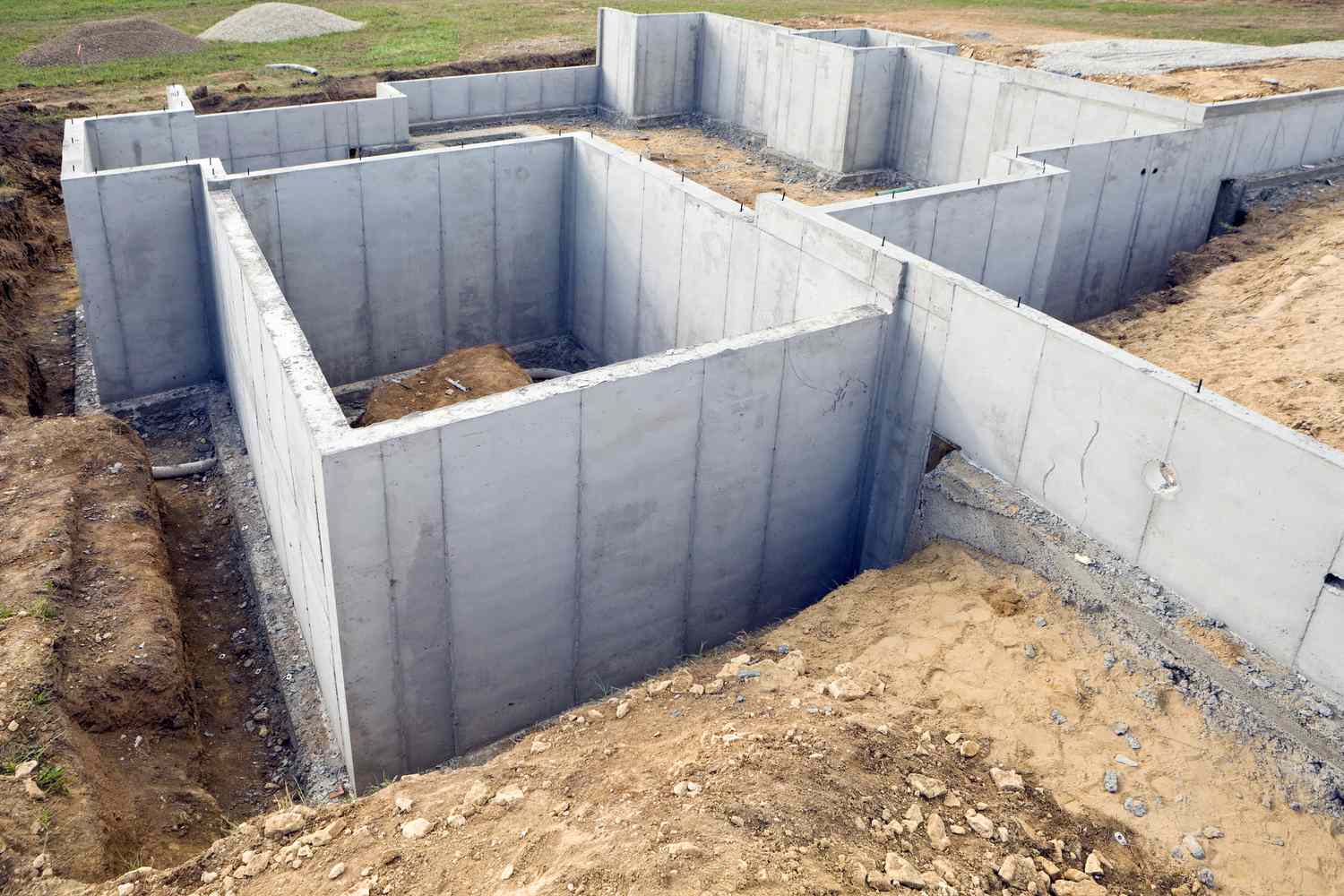
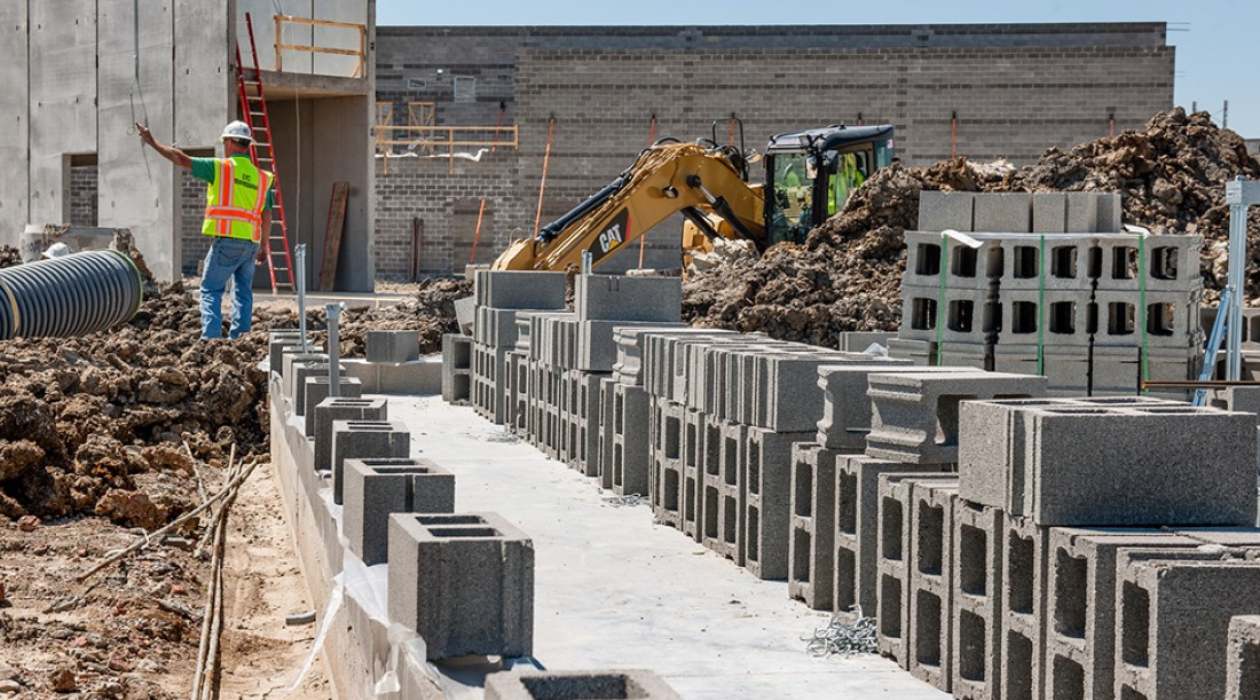




0 thoughts on “What Is A Construction Lien Waiver”